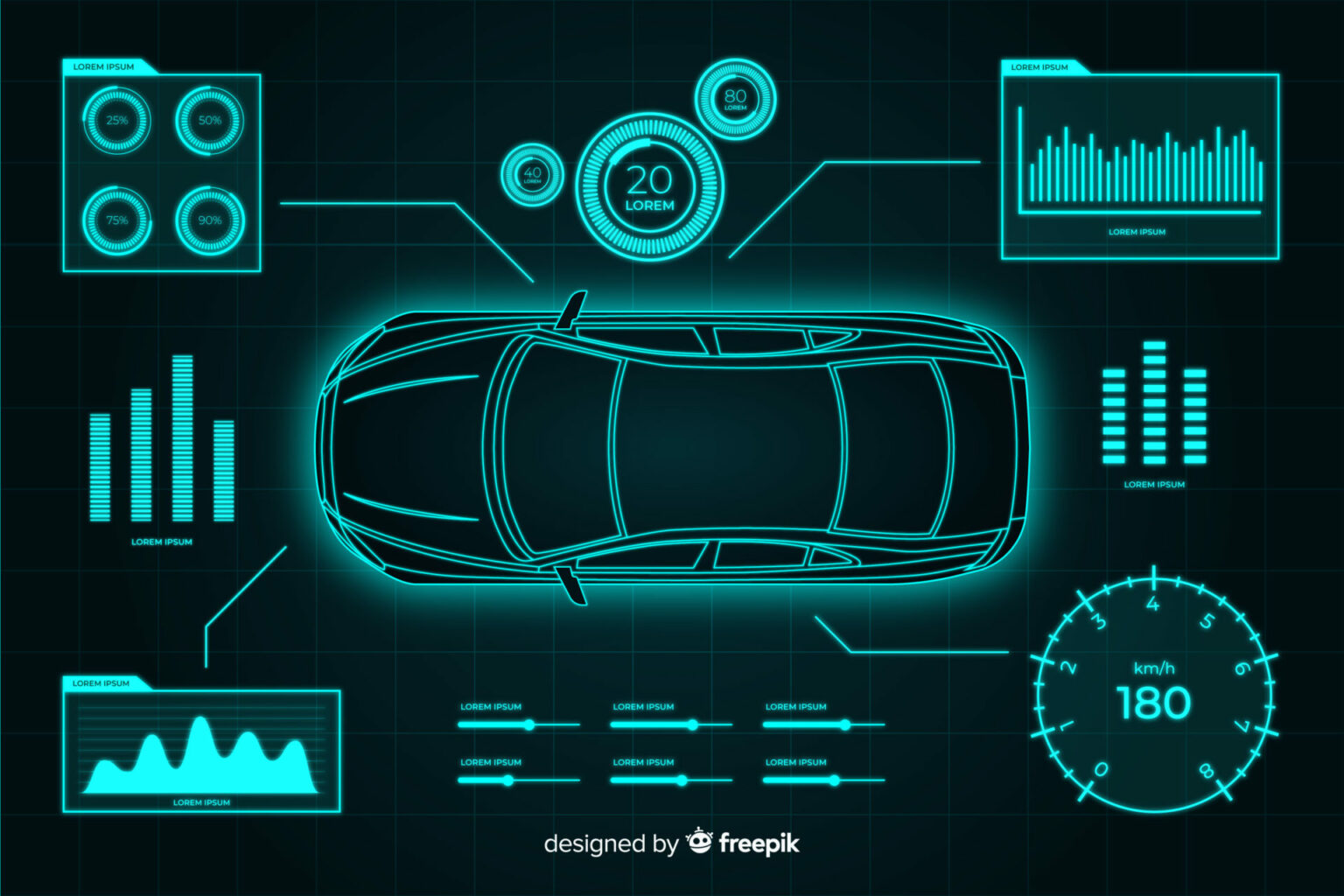Text: Brunno Ferraz, Operations Manager at ília
The use of cell phones while driving is one of the biggest causes of traffic accidents in Brazil and worldwide. With technological developments, we feel more and more the need to be connected and, therefore, automotive interfaces have been developed to keep the driver connected, without them needing the cell phone.
The infotainment system has been gaining more space in the automotive sector, gathering more and more functions that make our trips even better; however, a concern that arises with the growth of this technology is how to build digital products that deliver value to the user – that really keep him connected – which cause as few distractions as possible. Large manufacturers have entire departments with the sole function of evaluating whether a vehicle component, software or hardware, can cause any dangerous distraction to the driver.
Physical buttons, such as those on old radios, are easy to find by touch alone, without having to take your attention away from the steering wheel. But with digital interfaces, besides having a much larger number of clickable options, there is also the requirement for the driver to look quickly at the panel to find the icon they want, and then look again to confirm that the result was positive. Some studies point to a level of distraction similar to that of the famous villain: texting while driving.

How to ensure, then, the balance between connectivity and safety?
First of all, it is necessary to put the user in the spotlight and think about the usability of the developed solution: it needs to be safe (require minimum attention from the driver) and, at the same time, be intuitive, fast, and pleasant to use. Every digital product needs to be developed from the understanding of the users’ pains and needs.
In addition, it is necessary to open the door to new technologies and new ways of bringing connectivity to cars. Transporting the way we use the cell phone to the vehicle’s multimedia center generates distractions and, consequently, accidents. On the other hand, simply limiting functions and connectivity to avoid distractions detracts from the driver’s experience, who soon turns to their cell phone.
Here at ília, we understand the importance of making it possible to integrate new technologies safely: for example, by using voice commands and simpler, more intuitive steering wheel buttons to keep the driver’s hands in the right place longer. Other alternatives are dashboards or heads-up displays that provide information only when it is relevant and at the appropriate moment, so that the driver keeps their eyes on the road. Always with the following thought: if it is easier, or faster, to use a traditional method rather than a new alternative, we are on the wrong track.
Until vehicles become autonomous, we will need to worry about the driver’s attention. We believe that the future of infotainments must be based on this holistic view of user experience, enabling connectivity like of our smartphones, always seeking a balance between increasing the options available to drivers and delivering experiences that are as compelling as those of mobile devices, without taking the focus off the road.
To solve this problem, it is necessary to adopt new technologies and develop alternatives that allow the infotainment features to be extended in a safe way. And you, how will it be possible to find this balance?
